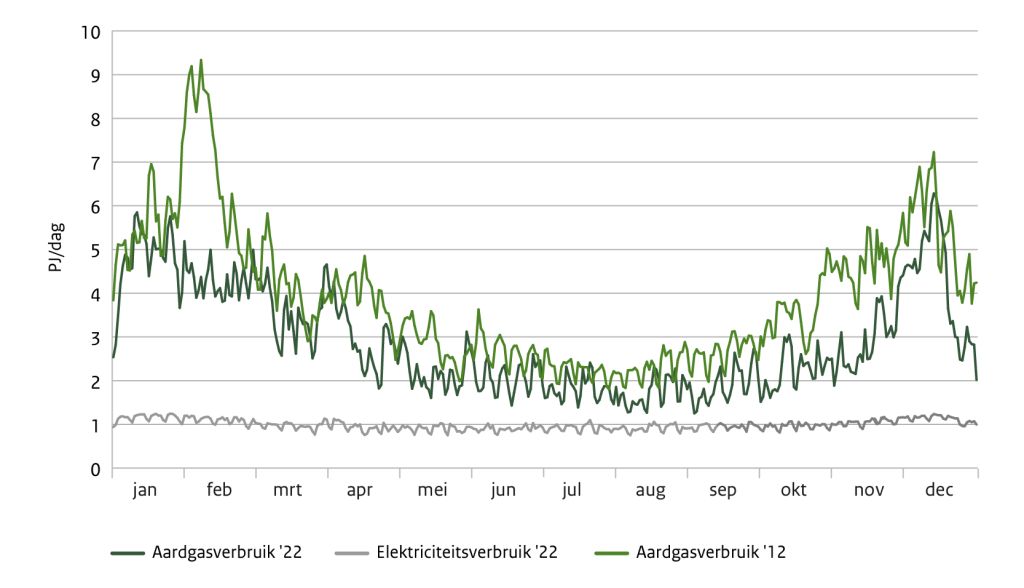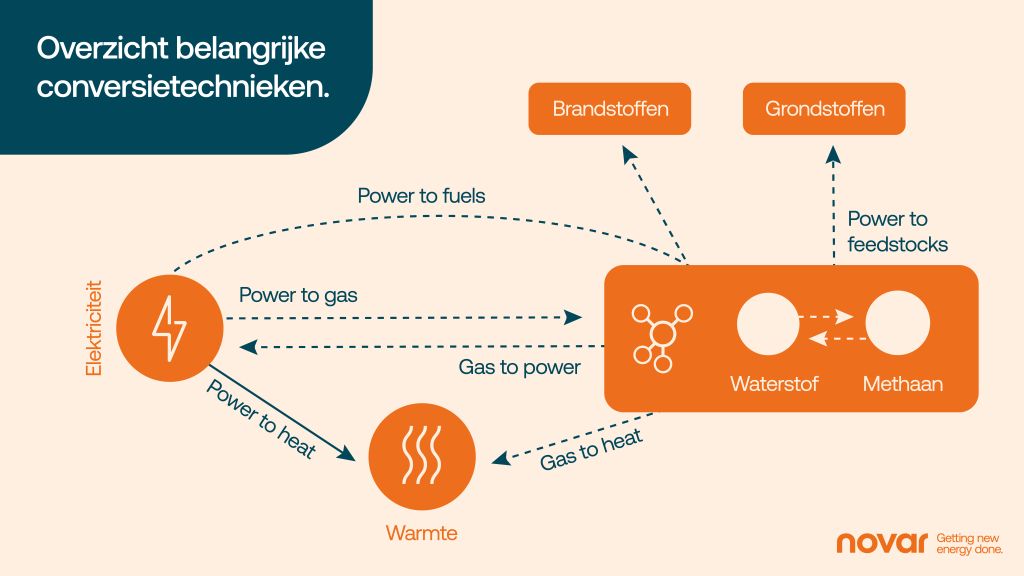Matchmaking
Looking for your match made in heaven with energy storage.

The energy landscape is changing. We are switching from fossil fuels to renewable sources. No longer is only the demand for energy leading, the supply also plays a role. In order to still achieve a stable network, energy storage is desperately needed. But how do you match that demand with that supply? You can read more here.
Supply and demand
Before we talk more about smart storage, it's helpful to understand what the energy system in the Netherlands looks like. Today's energy landscape is set up on "you ask, we turn. As soon as you turn up the heat, the grid goes to work for you. The gas tap is opened a little further. Do you turn the heating off again? Then the combustion of natural gas can also be turned down. Using sources like natural gas and coal makes our grid flexible. Supply and demand are matched on a one-to-one basis. Because we no longer want to use fossil energy in 2050, we are working hard in the Netherlands to add sustainable sources to our network. Like wind and sun. And that requires a new approach. Because where before only the demand for energy was variable, now suddenly the supply of energy is also variable. Just think: the wind doesn't always blow.
Variations and patterns
Energy supply and demand has a number of properties. For example, one of the properties of sunshine - an open door - is that there is more energy generation during the day than at night. In addition to variations, patterns can be seen in supply and demand. An obvious example is our natural gas consumption. In fact, in the winter we all turn the heating up considerably higher than in the summer. The difference in supply and demand at a given time is called mismatch: they are not in balance. And you'd rather not have that.
Fluctuations in natural gas and electricity consumption in the Netherlands

Shifting energy
But how do you prevent this mismatch? How do you make sure that supply and demand do match in the mix with renewable energy? Because to generate CO2-free energy, we are thus largely dependent on the weather. This makes our energy sources less flexible and more variable. This effect is also called intermittent. Therefore, to properly match supply and demand, the need for a flexible energy system is increasing. This can be done by changing the demand for energy or the supply of energy. Since it is not feasible to adjust all our activities to the weather - you use lights in the dark, not when the sun is shining - we cannot change the demand very much. So we have to "shift" the supply of energy.
Moving energy can be done in three ways:
- In space: transportation
- In time: storage
- In the nature of the energy carrier*: conversion
By making smart use of storage, transmission and conversion, our energy grid becomes more flexible. And so we can solve the mismatch in supply and demand. But what then is smart?
*Energy carrier = a product containing energy in the form of a fuel, heat or power
Types of storage
We zoom in further on moving energy over time: energy storage. There are several forms. The most well-known is storage of electricity in a battery. But that's not the only way to store energy. You can categorize energy storage in different ways. For example, you can make a division when it comes to the energy carrier (electricity, molecules or heat) or you look at the place of storage in the grid, for example.
In this article you will read more about the different forms of energy storage. Includes practical examples.
| Carrier | Timescale | Spatial scale | Place in the net |
|---|---|---|---|
| Electricity | Seasonal Storage | National level | Combi large generation |
| Molecules | Weekly scale | District level | With own connection |
| Heat | Daily scale | User level | Behind-the-Meter |
Each form of storage has its own advantages and disadvantages. One is not better than the other. Depending on the goal you want to achieve, there is a winner. For example, heat can be stored longer than electricity. But then again, electricity storage is easier to use if you want to bring together supply and demand of energy in the short term.
When more renewable energy is generated than demanded, you store the energy. So that you can use it correctly at a later time; when there is more demand than supply. In this way, no sustainably generated energy is lost. And you are not suddenly without energy at a later time. An efficient way of moving energy over time.
Converting energy
Storage of electricity, molecules and heat, already makes our energy grid much more flexible. If you combine these forms of storage with conversion, the flexibility becomes even greater. Conversion is converting energy into another form of energy.
To illustrate: is there an excess of electricity in the summer? Then this can be converted into hydrogen and heat. Once electricity is converted into heat, it is not efficient to turn it into electricity at a later time. But he who saves something, has something: because this heat can be used again to help with heat production at a later time. So that no, or at least less, electricity or hydrogen is needed for this and you can turn up the heat in winter. Do you still follow him?
All in all, we mean to say that the combination of storage and conversion technologies plays an incredibly important role in making our energy system balanced and flexible.

Matchmaking
Earlier we said that the "best" form of energy storage, depends on the goal. And even those goals can vary. In the big picture, it's always about balancing supply and demand. If you zoom in, it could also be about capturing heat peak demand or alleviating grid congestion. So it's essential to figure out which form of storage is the best solution in which situation.
Curious? Keep an eye on us, we'll tell you more about Smart Storage in the near future.
